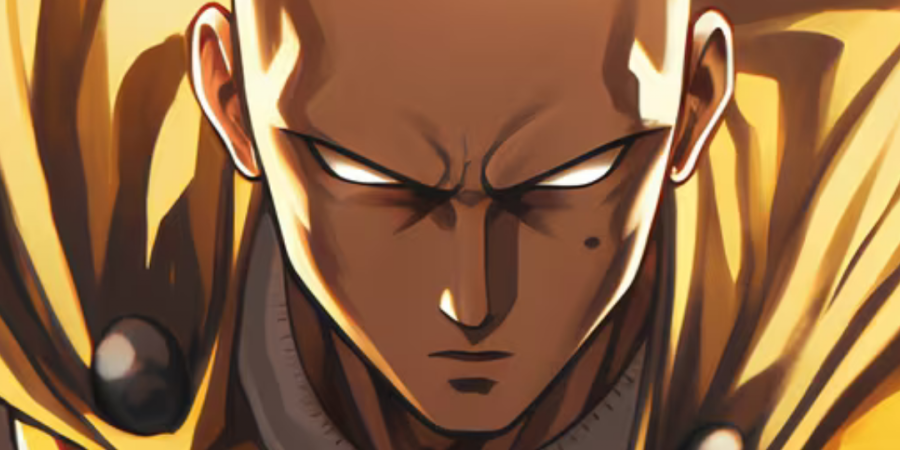

Anime and cartoons are often used interchangeably, but they are distinct forms of animation with unique characteristics and origins. Here are the key differences between anime and cartoons:
1. **Origin and Cultural Context:**
- Anime: Anime refers to a style of animation that originated in Japan. It encompasses a wide range of genres and styles, including action, romance, fantasy, and science fiction. Anime is deeply ingrained in Japanese culture and has a rich history dating back to the early 20th century.
- Cartoons: Cartoons, on the other hand, are a form of animation that originated in Western countries, particularly the United States. Cartoons have a long history in Western culture and have evolved over time to encompass various styles and genres.
2. **Art Style and Aesthetic:**
- Anime: Anime is characterized by its distinct art style, which often features exaggerated facial expressions, vibrant colors, and intricate details. Characters in anime typically have large, expressive eyes and stylized hair designs. Anime artists often prioritize realism and attention to detail in their artwork.
- Cartoons: Cartoons tend to have a more simplified and exaggerated art style compared to anime. Cartoon characters often have exaggerated features, such as oversized heads or elongated limbs. Cartoons may also employ more comedic and slapstick elements in their animation.
3. **Target Audience:**
- Anime: Anime caters to a diverse range of audiences, including children, teenagers, and adults. There are anime series and films targeted specifically at children (shonen and shojo), as well as those aimed at older audiences (seinen and josei) with more mature themes and content.
- Cartoons: Cartoons have historically been associated with children's entertainment, but they also appeal to audiences of all ages. While many cartoons are geared towards children, there are also animated series and films targeted at adults (often referred to as adult animation or adult cartoons) with more mature themes and humor.
4. **Themes and Storytelling:**
- Anime: Anime explores a wide range of themes and storytelling techniques, including complex narratives, philosophical concepts, and cultural commentary. Anime often incorporates elements of Japanese mythology, folklore, and social issues into its storytelling.
- Cartoons: Cartoons tend to focus more on humor, entertainment, and lighthearted storytelling. While cartoons may address serious topics or moral lessons, they are often presented in a more comedic or exaggerated manner compared to anime.
5. **Production Process:**
- Anime: The production process for anime involves a collaborative effort between various artists, writers, directors, and animators. Anime productions often follow a strict schedule and may be produced by animation studios or individual creators known as mangaka.
- Cartoons: Cartoons are typically produced by animation studios in Western countries, such as Disney, Warner Bros., and Nickelodeon. The production process may involve storyboard development, voice acting, animation, and post-production editing.
